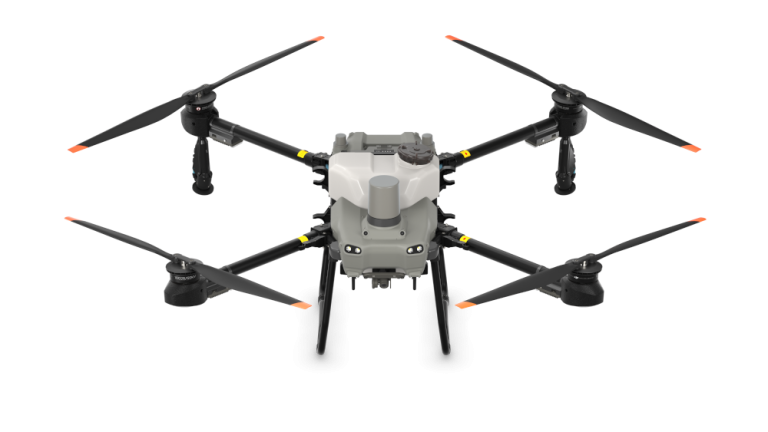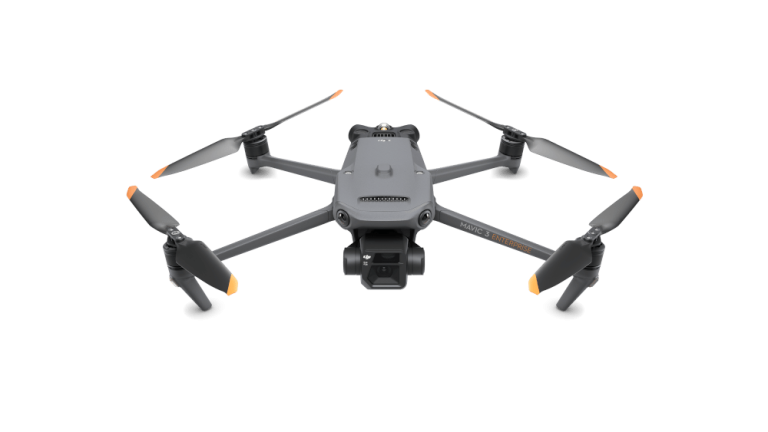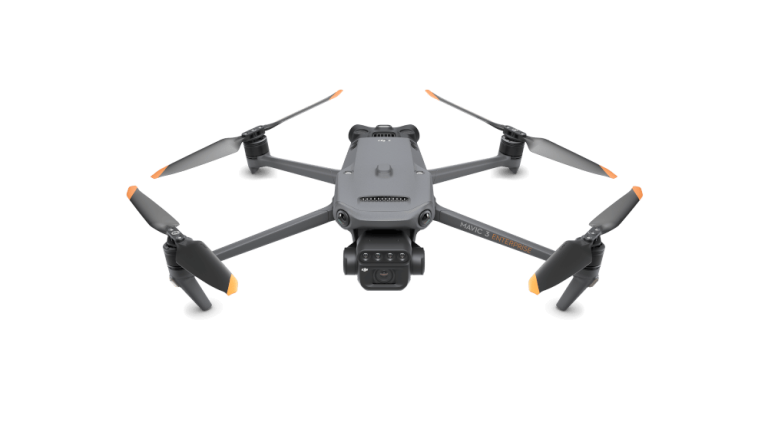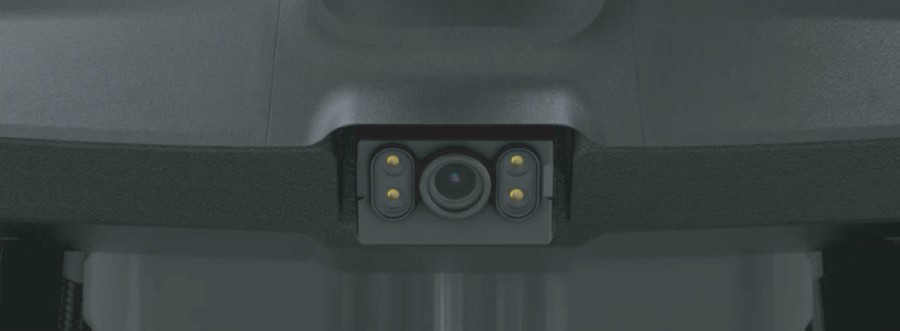Agriculture plays the most important role in maintaining our modern society. Providing food for the whole world is not an easy task—unpredictable weather, climate change, pests and diseases are hitting the industry with uncertainty. There is no doubt, however, that the world’s population keeps growing, putting those in the agricultural world under constant pressure to find effective solutions.
Fortunately, farmers have always been ready to adopt new, creative and innovative devices. Perhaps now it is more important than ever for them to keep being open to new technologies and solutions to maximize their yields while minimizing uncertainty for the benefit of the population.
Agriculture (…) is our wisest pursuit, because it will in the end contribute most to wealth, good morals and happiness.
Thomas Jefferson
How can we find a solution to feeding the world’s increasing population?
The key to solving one of the most pressing problems of the 21st century is precision agriculture, i.e. maximizing the effectiveness of production through evidence-based, data-driven practices. By giving farmers access to plenty of useful data and comparing it to the data collected previously, they can eliminate guesswork and make informed and logical decisions. They can produce more, and reduce the waste of valuable resources such as water, fertilizer, pesticide and, last but not least, human labor. A more detailed, comprehensive understanding of the farm allows for accurate planning, accurate implementation and rapid response to emerging problems.
Precision Agriculture Relying on Drones
Agricultural drones, becoming increasingly popular today, are in the forefront of taking precision agriculture to new levels. It is no coincidence that, compared to most agricultural machines, drones have become affordable, and their use offers a fast return on investment. While tractors, bailers and other agricultural machinery can often have a hair-raising price tag, an agricultural drone can be purchased at a fraction of the outlay.
Spraying Using Drones
Drones were first used for precision spraying in Japan in the 1980s, but have only become really popular recently as they have gone through incredible evolution: drone-based spraying solutions have become automated, fast, cost-effective and intelligent. Based on plant health data, the spraying drone can deliver just the right amount of fertilizer, herbicide, fungicide or pesticide to the plants that need it, thereby reducing costs and unnecessary pollution of the environment.
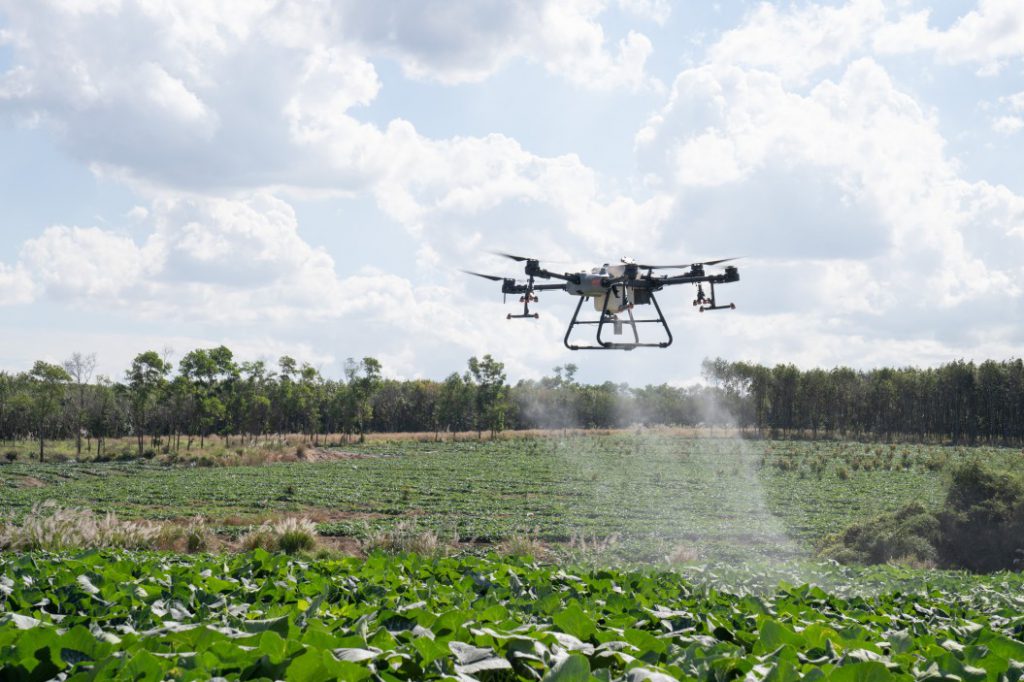
DJI AGRAS T30 – Spraying at Master Level
The DJI AGRAS T30, one of the successor models to the DJI AGRAS MG series, is DJI’s most modern and advanced agricultural sprayer. The DJI drew lessons from the past, took advice from farmers and further developed the predecessor models to create the DJI AGRAS T30. Among drones, it has an amazingly large 30-liter tank for carrying spraying agent—hence the name.
The AGRAS T30 is equipped with IP67-certified hardware resistant to harsh weather conditions and a high-performance AI-powered engine that supports 3D operations, i.e. efficient flight planning. The foldable design of DJI’s latest agricultural drone simplifies configuration and assembly, while also speeding up regular maintenance operations. Thanks to the lightweight and durable carbon-fiber folding components, the drone can easily fit into up to 80% less space than its full size, making it really easy to transport.
The New Spraying System
Thanks to its outstanding flight performance, the DJI AGRAS T30 can carry 30 liters of spray, and has an increased spray width of 9 meters. The spraying drone is equipped with 16 nozzles and 8 solenoid valve sets for even spraying and a maximum spraying speed of 8 l/min. The DJI AGRAS T30 can spray about 16 hectares per hour. The spraying system also features an innovative electromagnetic flow meter to provide unbeatable accuracy and stability compared to other traditional devices.
Accurate Positioning
The drone’s dual GNSS+RTK systems enable centimeter-level positioning. Thanks to the omnidirectional obstacle sensors and the extended field of vision, we can rest assured that the jewel of the farm is in safety. The AGRAS T30 can recognize the slope of the terrain and adjust the parameters according to the measured requirements.
The AGRAS T30 supports the OcuSync 2.0 HD transmission technology, which means a control distance of up to 7 km under optimal conditions and in the FCC region. It is also equipped with a dual wide-angle FPV camera and indicator lights so that operations can be monitored day and night.
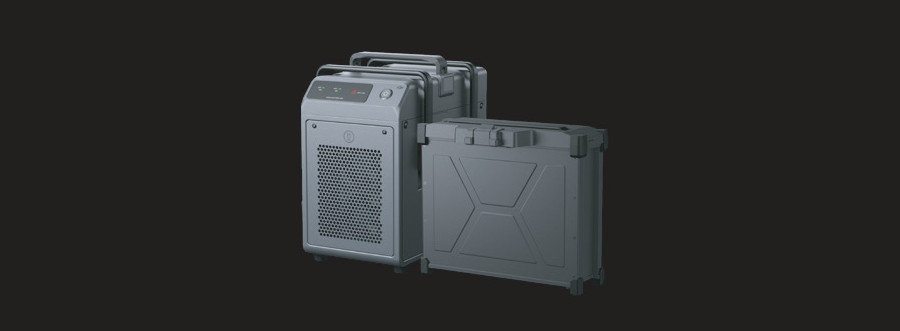
Large Battery for High Performance
The AGRAS T30 is equipped with a replaceable 29,000mAh smart battery. The maximum performance of the battery is guaranteed by the manufacturer up to 1000 charging cycles or up to 2000 hectares of work, which significantly reduces long-term operating costs. The 7200W ultra-fast charger can charge a battery in 10 minutes, so you only need two batteries and a single charger for continuous operation. The charger has a built-in battery status management system that monitors critical data such as voltage and temperature in real time to ensure safe charging.

Spraying of Active Substances and Canopy Spraying
There are two optional accessories available for the AGRAS T30. One of them is the orchard/canopy spraying system, which enables increased transfer of pesticide through the top layer of the canopy. This improves the effectiveness of fruit tree spraying by up to 100%. The other accessory is a spinning-disk spreader unit that allows you to deliver 30kg of seeds, fertilizer or any granules. The unit’s maximum spraying width is 7 meters, and the spray tank can be refilled in minutes, so there is no downtime.
Summary
It is evident that DJI is absolutely committed to making farmers’ lives easier, and plays a dominant role in promoting precision agriculture. DJI’s developments make the workflow of plant protection more efficient and intelligent. Using drones and the related software, DJI agricultural solutions significantly simplify operations and greatly improve their efficiency.
